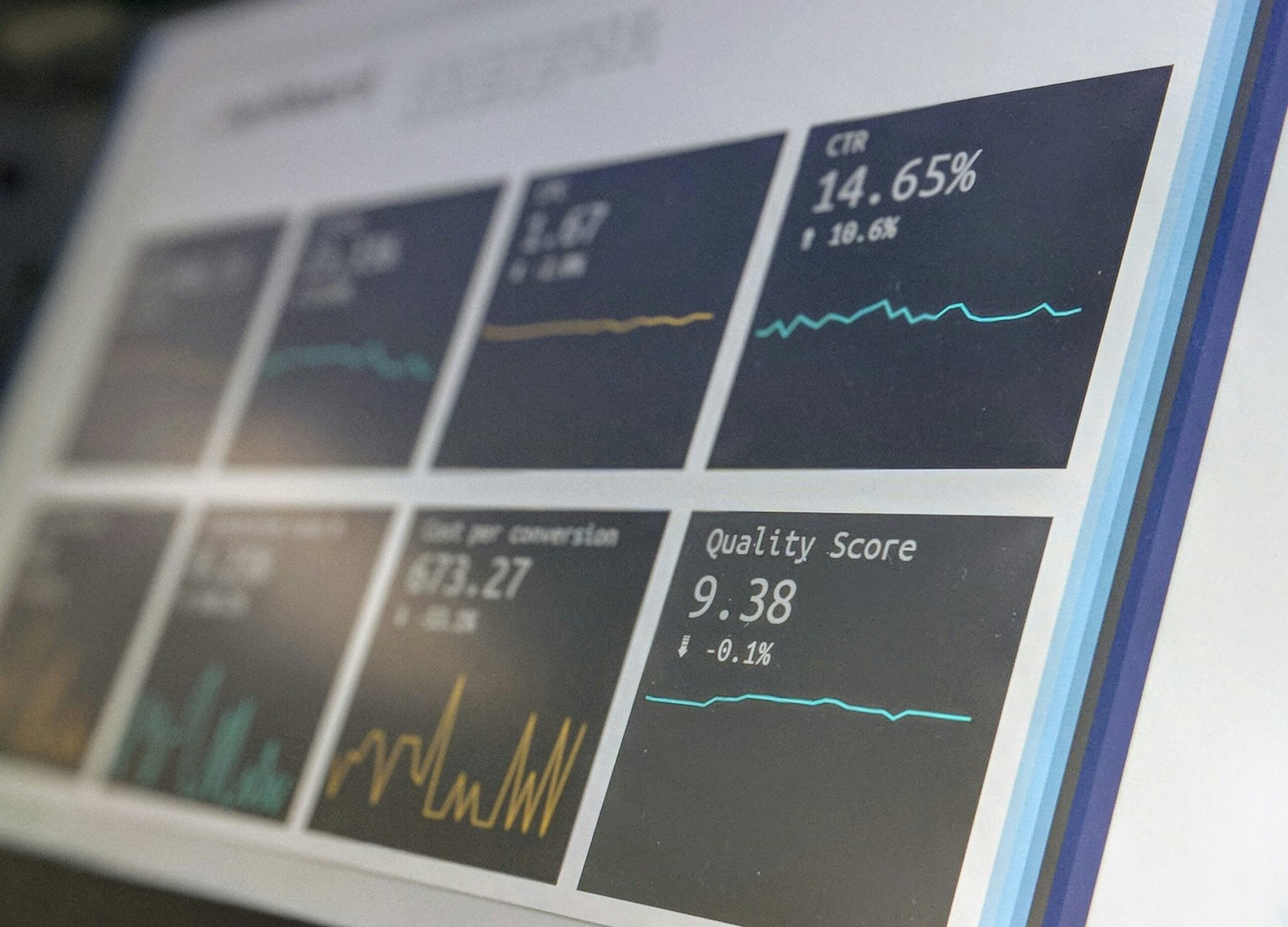The willcox and gibbs sewing machine company was founded amidst the industrial revolution of the mid-19th century, a period marked by rapid technological advancements and economic growth. At the heart of this pioneering venture were two individuals: James Edward Allen Gibbs, an inventive mind from Virginia, and James Willcox, a forward-thinking entrepreneur. Their collaboration laid the groundwork for what would become one of the most revered names in the sewing industry.
James Edward Allen Gibbs, driven by a vision to simplify sewing tasks, conceived a practical, easy-to-operate sewing machine. His innovative design caught the attention of James Willcox, who recognized its commercial potential. Together, they embarked on a mission to revolutionize sewing by blending Gibbs’ inventive prowess with Willcox’s business acumen, resulting in the creation of the Willcox & Gibbs sewing machine.
The introduction of Willcox & Gibbs sewing machines came at a time when the demand for reliable, efficient sewing devices was surging. The ongoing industrial boom was transforming various sectors, including the textile industry, necessitating machines that could keep pace with growing production needs. The Willcox & Gibbs sewing machine, known for its sturdy construction and user-friendly operational features, quickly garnered acclaim for its reliability and simplicity, appealing to both domestic users and industrial operations.
Amidst the backdrop of an expanding sewing industry, Willcox & Gibbs machines stood out for their innovative chain-stitch mechanism. This distinctive feature not only set their products apart but also ensured a seamless sewing experience, making them a favorite choice among sewing enthusiasts and professionals alike. As the company continued to evolve, its commitment to quality and innovation remained steadfast, cementing its legacy in the annals of sewing history.
Innovations and Unique Features

The Willcox and Gibbs sewing machine distinguished itself in the 19th-century market with groundbreaking innovations that set it apart from contemporaneous models. One of its most revolutionary aspects was the single-thread chain stitch mechanism, which eliminated the need for a bobbin. Unlike traditional two-thread systems, this single-thread approach simplified the sewing process considerably, making it more efficient and reducing the likelihood of mechanical issues. The absence of a bobbin meant users did not have to deal with the frequent rethreading that was standard with other machines of the era.
Moreover, the Willcox and Gibbs sewing machine incorporated an automatic tension feature. This innovation ensured consistent stitch quality by automatically adjusting the tension of the thread, a task that often required manual intervention. The automatic tension not only improved the usability of the machine but also significantly enhanced the quality of the final product, making it highly desirable for both professional and amateur seamstresses.
The design of the Willcox and Gibbs sewing machine was another noteworthy attribute. It was compact and straightforward, devoid of the bulky and ornate elements that characterized many other sewing machines of that period. This simplicity made the machine more durable and easier to maintain. The robust build quality, combined with its ease of use, contributed to its widespread adoption. Users could rely on the machine for consistent performance over long periods, reducing downtime and maintenance costs.
These unique features made the Willcox and Gibbs sewing machine popular among a diverse user base. Professional tailors appreciated its reliability and precision, while hobbyists enjoyed its simplicity and ease of operation. Its compact form factor made it a space-saving solution without compromising on functionality. The innovations and user-centric design of the Willcox and Gibbs sewing machine played a crucial role in establishing its legacy, making it a cherished tool in sewing history.
Impact on the Sewing Industry

The advent of the Willcox & Gibbs sewing machine marked a watershed moment in the evolution of the sewing industry. Emblematic of innovation, these machines revolutionized both home and industrial sewing practices, transforming the nature of textile manufacturing. One of the seminal contributions of the Willcox & Gibbs sewing machine was its user-friendly design, which made sewing more accessible to a wider audience. For the first time, individuals could engage in sewing activities with relative ease, catapulting this once labor-intensive task into the realm of everyday household activities.
In the industrial sector, the Willcox & Gibbs sewing machine symbolized a leap in efficiency and production capabilities. Key to its design was the chain stitch mechanism, which reduced the need for constant readjustments and thread breakage issues that plagued earlier models. This enhancement facilitated uninterrupted sewing, thereby substantially increasing productivity rates in garment production and other textile-related industries. The machine’s robustness and reliability cultivated an environment where complex garment fabrication could be conducted swiftly and with greater precision, paving the way for mass production techniques that dominated the late 19th and early 20th centuries.
Moreover, the machine’s prominence extended beyond mere textile factories. Its versatility and durability made it a staple not only in professional garment production but also in educational institutions, tailoring shops, and domestic settings. Housewives found an ally in the Willcox & Gibbs sewing machine, enabling them to undertake complex sewing projects at home with professional-level results. Consequently, this machine bridged the gap between commercial and domestic sewing, enhancing overall sewing proficiency levels across various sectors.
The Willcox & Gibbs sewing machine thus played a crucial part in the textile manufacturing revolution. It democratized sewing, empowering a broader spectrum of users, and by doing so, it catalyzed a significant shift in both the social and economic spheres related to garment production. Its impact is still felt today, serving as a testament to the transformative power of innovative engineering in the sewing industry.
The legacy of Willcox & Gibbs sewing machines endures robustly in contemporary times, captivating both collectors and sewing enthusiasts with their historical significance and mechanical brilliance. These machines, celebrated for their aesthetic elegance and superior craftsmanship, remain sought-after antique items. The charm of owning a vintage Willcox & Gibbs sewing machine isn’t merely in its utility or decorative appeal; it encapsulates a fascinating piece of industrial history and innovation.
One of the factors that make Willcox & Gibbs sewing machines highly collectible is their exquisite design. The balance of functionality with artistic flare has been a hallmark of these machines, resonating well with those who value antique aesthetics. The intricate details and elegant lines reflect a bygone era where machinery was not just about utility but also about beauty and precision—a characteristic that modern sewing enthusiasts find inspiring.
The mechanical ingenuity of Willcox & Gibbs sewing machines also contributes to their lasting appeal. Their robust construction, featuring the pioneering chain-stitch mechanism, was revolutionary at the time of their inception and continues to be admired for its technical prowess. Collectors frequently esteem these machines as marvels of 19th-century engineering, appreciating the reliability and simplicity that has allowed many units to remain operational after more than a century.
Due to their historical importance, there is a dedicated community devoted to the restoration and preservation of Willcox & Gibbs sewing machines. Enthusiasts and restorers work meticulously to maintain the functional and cosmetic integrity of these machines, ensuring that this slice of sewing heritage is not lost to time. These efforts are evident in various forums, clubs, and online groups where knowledge and resources are shared to aid in the preservation of these iconic devices.
The nostalgia associated with Willcox & Gibbs sewing machines elevates their collectible value even further. For many, these machines are cherished family heirlooms that invoke memories of previous generations. They serve as physical links to the past, evoking a sense of continuity and tradition that is increasingly rare in the fast-paced modern world.


